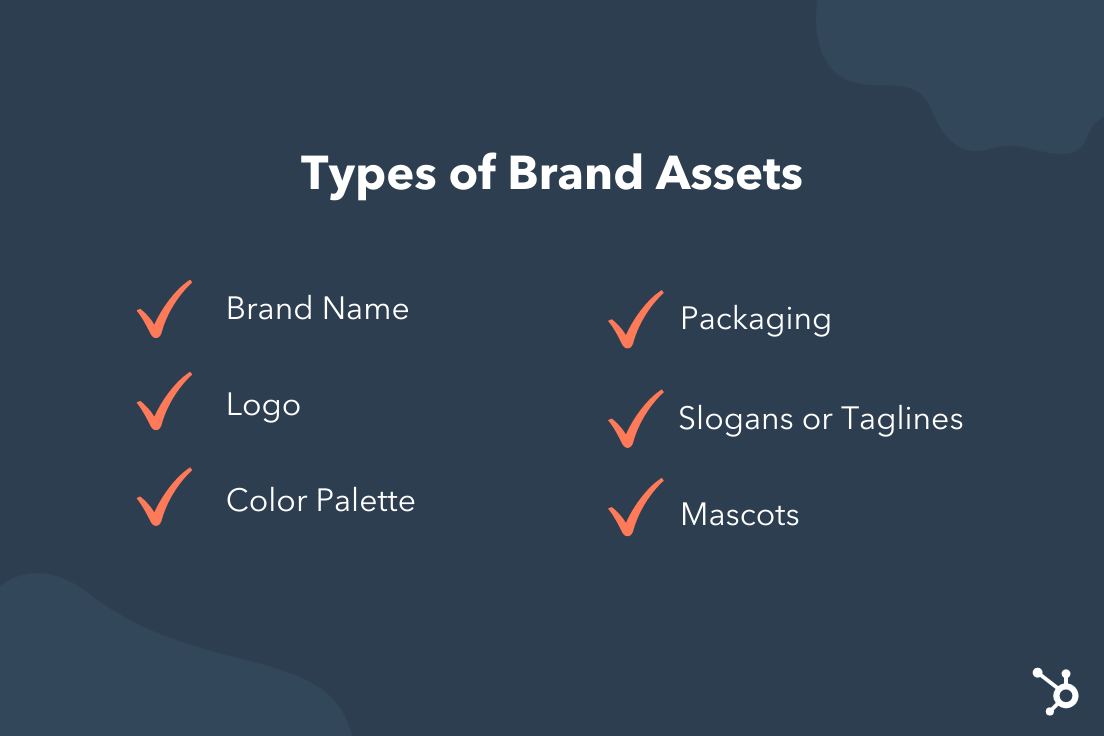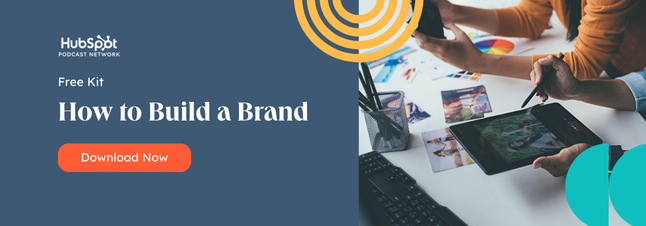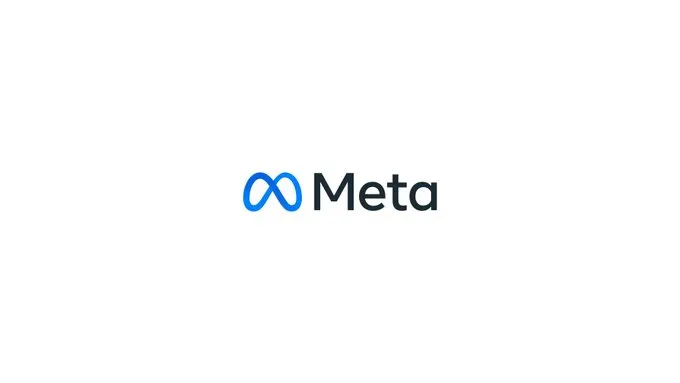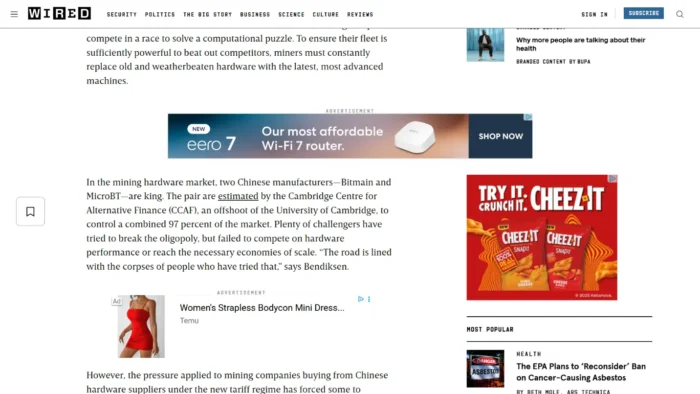What Are Brand Assets? 6 Examples to Inspire You
All companies that want to attract customers and stand out against competitors need strong brand assets. These elements help build an identity, maintain consistency, and create trust. Considering that trust is the second most important factor in buying from...

All companies that want to attract customers and stand out against competitors need strong brand assets. These elements help build an identity, maintain consistency, and create trust. Considering that trust is the second most important factor in buying from a new brand, it's essential for companies to design brand assets that highlight their values, strengths, offerings, and identities. Brand assets let you create customer touchpoints that are immediately recognizable. Think of Amazon packaging, the Pixar lamp, or Apple's minimalist design. But branding assets aren't simply logos and slogans. They're the combination of several elements that come together to create a unique, distinguishable identity. If well-designed, brand assets can build brand awareness, increase marketing ROI, create customer loyalty, and give you a competitive edge in the market. Any company can develop distinct assets that draw in customers and increase sales conversations. To start, let's walk through the basics of brand assets before jumping into examples that show you how to leverage these essential branding elements. Brand assets are recognizable elements that embody a company's identity. From logos and typography to taglines, brand assets make it easy to identify a business, help it stand out from competitors, and cue customer associations. Well-designed brand assets can help you deliver a consistent, unified experience and bring your business to the top of customers' minds. But it should never be mistaken for a competitor's brand. You want every element to reflect your company so it's immediately recognizable. If you can do that, your assets will work well with one another to build your unique brand identity. Every company has different needs and thus, different assets. For some, a mascot may be more important than packaging. But all businesses must have a few essential branding assets to distinguish themselves from competitors. When building out your company's brand assets, it can be helpful to see how other businesses stand out from the crowd. Take a look through these incredibly organized and thoughtful brand assets examples for inspiration. One of my favorite collections of branding assets is Brandland, the Zendesk hub for all things brand. Not only can you discover the history and attributes behind the customer support software, but you can get information on specific assets like typography, color, and voice. It truly is a magical display. The video hosting platform outlines its brand assets in a clear, concise way. Anyone with an interest in portraying the Wistia brand can learn how to use the logo and color palette, which comes with instructions on how to combine the two. It's simple, yet effective. Compiled in a brand guideline, Vimeo shares its branding assets alongside detailed instructions on how to use them. This includes how to reference Vimeo, how to use logo color and spacing, and how to share its unique Staff Pick graphics. Freddie is the mascot and logo for Mailchimp, which plays up the brand's offbeat humor and conversational tone. The major brand assets are shared on Mailchimp's website, as well as its content style guide — an important element for people who want to understand the brand's voice and values in an in-depth way. It's easy to access HubSpot brand assets through its style guide, which outlines elements like logo, color palette, tagline, graphics, and more. People can also dive into specific branding requirements so every page, product, and tool stays on-brand. Whether someone is looking for the Uber logo or specific templates for a marketing campaign, Uber has it all in its brand playbook. The company makes it incredibly simple to understand how to use and create brand assets, which is essential for a global company that operates worldwide. With these brand assets examples in hand, you're ready to start designing elements that showcase your identity. If you're wondering how assets play into your overall brand, look to this branding guide for tips on how to create a brand people know, love, and share.What are Brand Assets?
 Brand assets can include the following elements:
Brand assets can include the following elements:Top Three Brand Assets
Logo: A logo is the most significant representation of a business. Research shows that people retain information better when it's paired with a relevant image, and a logo is the thing that helps customers recognize your brand and begin to build an emotional connection.
Color palette: Up to 90% of an initial impression is based on color alone. Considering that people form an opinion about people or products within the first 90 seconds, it's easy to see why a color palette is a top brand asset. When choosing colors, research the psychology of color to see what may resonate best with your audience.
Tagline: "Can you hear me now? Good." "Just do it," and "What's in your wallet?" are all famous taglines. A catchy slogan, when combined with a specific logo and color palette, can be a powerful brand asset for unifying marketing campaigns and turning your company into a household name. Just think of all the jingles you still remember from childhood!
Brand Assets Examples
Zendesk
Wistia
Vimeo
Mailchimp
HubSpot
Uber
Originally published Feb 18, 2022 7:00:00 AM, updated February 18 2022

 Aliver
Aliver 










_1.jpg)





















